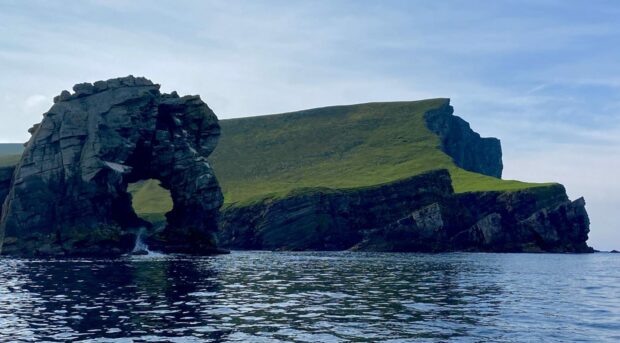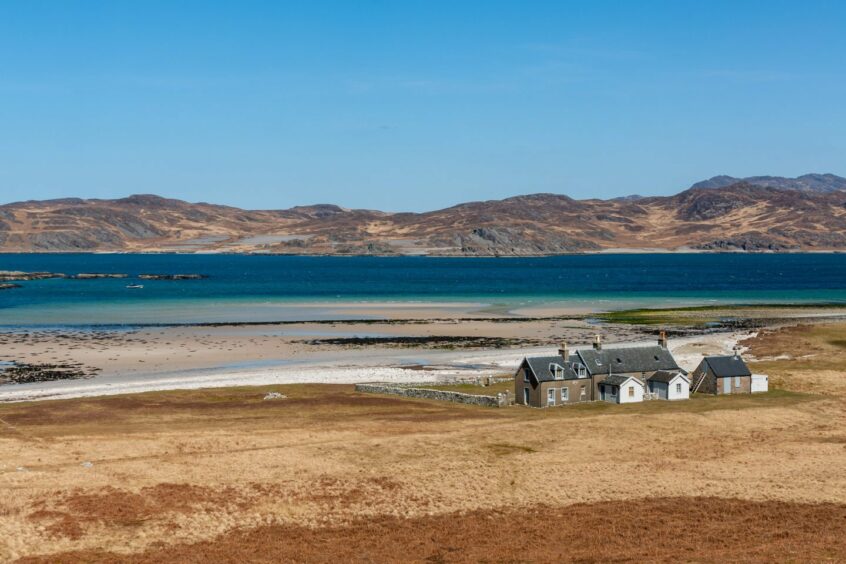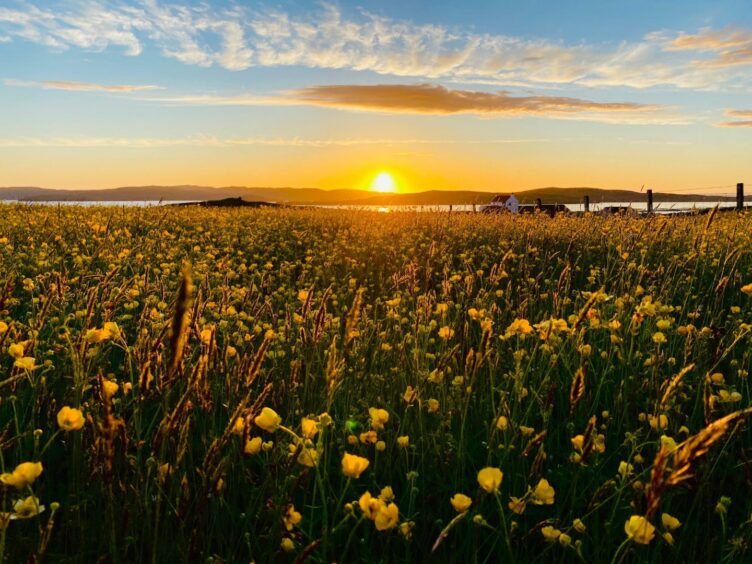Aberdeen University is calling on Scottish island migrants to discuss maintaining and reconnecting with their roots.
Kirsten Gow, a researcher for Aberdeen University, is based on the Isle of Jura in the Inner Hebrides.
She is looking for feedback from Scottish island migrants or those who have connections to these communities.
“I know from personal experience that you don’t necessarily stop being part of an island community just because you move away,” she said.
“I believe that it’s important to pay attention to the strong connections people have with Scottish islands even when they are living elsewhere.
“It potentially tells us a great deal about island culture and identity, but it also might help us understand how we can make the most of these continued links to build sustainable futures for our islands.”
‘Return migration is key’
Ms Gow’s research, which is funded by the Macaulay Development Trust, started with looking at strategic objective one of the National Islands Plan – addressing population decline and ensuring a healthy, balanced population profile in Scotland’s islands.
The 2019 plan noted that the global trend for urbanisation has led to long-term depopulation and a shrinking working age populations in many island areas, increasing the vulnerability of communities already suffering higher costs of service provision.
The cultural impact of depopulation, such as the loss of Gaelic language and local knowledge, was also noted.
According to the report, Orkney and Shetland will lose 2.2% of their people by 2041 and the Western Isles 14%.
Ms Gow added: “Research already tells us that, if we want to make sure our islands have a sustainable future, many of them will need to maintain or increase their populations by encouraging more people to move there.
“But it’s not just about numbers. Return migration – people with connections to an island moving ‘back’ to the island – can potentially help tackle depopulation while also helping us retain the cultural and local knowledge which is a key part of building resilient and sustainable communities.”
For the first stage of research, Ms Gow hopes the survey will allow her to understand the ongoing connection people have to the islands.
In later stages she intends to speak to those who are actively interested in moving back to an island, and those who have already made the move, in order to understand the aspirations and realities of return.
To take part, visit Island Researcher.



Conversation